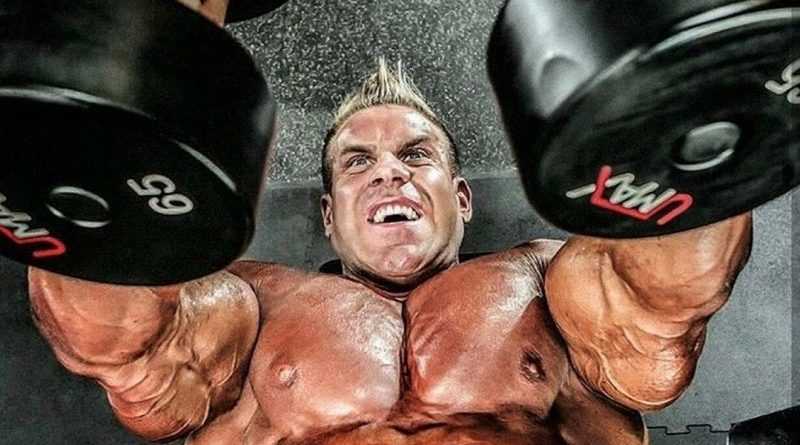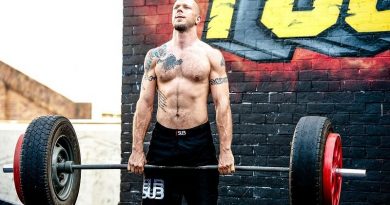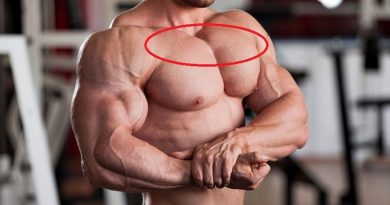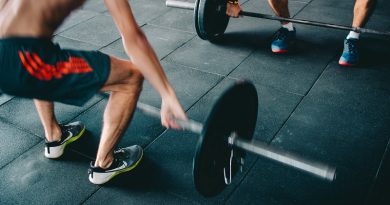Dumbbell Chest Fly
How to do Dumbbell Chest Fly, which is a basic movement among chest exercises? What muscles does dumbbell chest fly work? What are the benefits of Dumbbell chest fly? You will find the most detailed information about the Dumbbell chest fly movement in this
| Name | Dumbbell Chest Fly |
| Exercise Type | Strength |
| Skill Level | Beginner |
| Equipment Needed | Dumbbell |
| Muscles Worked | Primary: Chest; Secondary: Shoulders, Biceps, Triceps |
| Mechanics | Isolation |
| Force | Push (bilateral) |
| Alternative Forms/Substitute | Pectoral Deck/Pec Deck Fly, Incline Dumbbell Flys, Standing Cable Flys |
Dumbbell Chest Fly
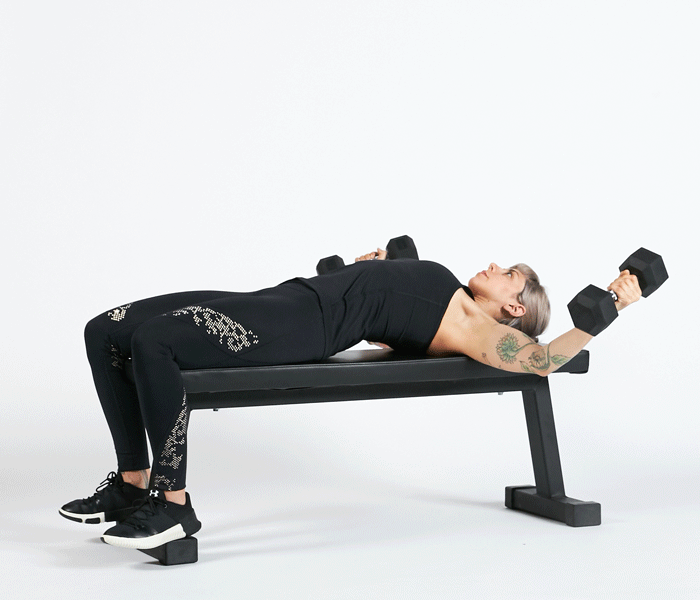
How To Do Dumbbell Chest Fly
- Lie on the coffee table in a straight position on your back.
- When you grasp the weight, get the palms facing up.
- Bend your arms slightly and open them sideways, breathe.
- Lift the dumbbells up while breathing out.
- Return to the starting position, breathing in.
What Muscles Does Dumbbell Chest Fly work?
Target
- Pectoralis Major, Sternal
Synergists
- Pectoralis Major, Clavicular
- Deltoid, Anterior
- Biceps Brachii, Short Head
Stabilizers
- Biceps Brachii
- Brachialis
- Triceps Brachii
- Wrist Flexors
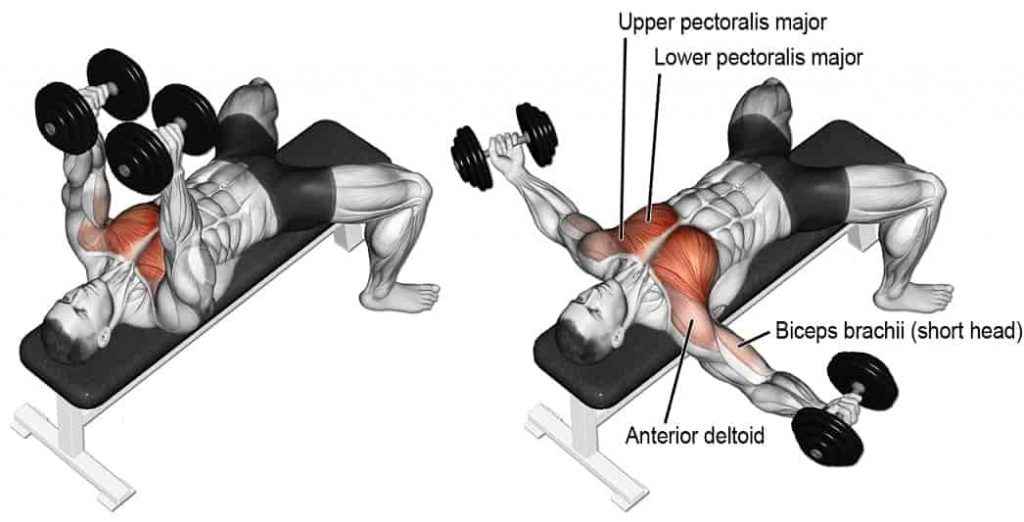
What are the Benefits of Dumbbell Chest Fly?
The movement can sometimes feel like “hugging a tree”. Dumbbell chest fly is a basic exercise targeting the chest and pectoral muscles. The dumbbell fly exercise tries to isolate, stretch and contract the pectoral muscles. Unlike a press where elbows are bent and flexed, flies must maintain a relatively consistent elbow angle. Dumbbell flyes are usually performed as part of a chest or upper body focused workout, with medium to high reps, such as 8-12-15 reps or more per set.
For the development of the chest muscles, the chest movements and the Pectoralis major muscle group must work. You will ensure the development of all your chest muscles by doing Dumbbell fly (chest opening), one of the chest development movements.
- The beauty of the movement is that it involves all the chest muscles. With a stronger chest and shoulders, you can push heavier objects, perform better in training, and improve your posture.
- Dumbbell fly motion is a good compression exercise. If you want a deep chest line, it is among the exercises you should practice.
- It strengthens the subclavius muscle, which is at the level of the upper chest and shoulder line, located under the collarbone, and reduces the risk of injury.
- Pectoralis Minor Muscle: It is a small muscle group found under the chest. Dumbbell Fly also affects the functioning of the Pectoralis Minor muscle. In this way, while the upper chest muscle develops, it develops in the lower chest muscle, allowing the chest to gain volume.
- Forearm Muscles (Biceps): Forearm muscles biceps brachii, although we need to do biceps movements for the development of our biceps, Dumbell fly are among the movements that generally work the forearm muscles if done correctly.
- While the dumbell fly movement affects the chest muscles, another area of effect is the Anterior Deltoid muscle, which is the anterior shoulder muscle. In this way, shoulder stability is increased.
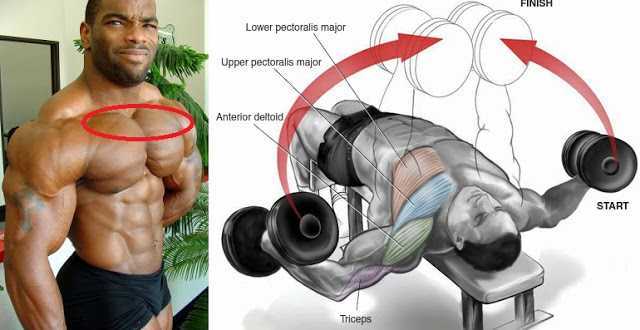
The dumbbell fly targets all areas of the pectoral muscles, but the most important are the breast fibers, those that attach directly to your breastbone. Hypertrophy in this particular area provides a defined “chest separation” appearance. Dumbbell Fly also provides better benefit than flat bench press in stimulating spectrum chest fibers.
While enjoying the dumbbell fly’s wide range of motion, try to increase your mind-muscle connection.
Chest Anatomy
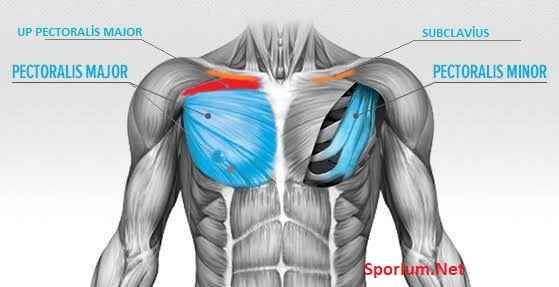
Pectoralis Major: (Large Chest Muscle) The muscle that covers most of the anterior wall of the chest.
Pectoralis Minor: (Small Chest Muscle) It is a triangular muscle that rests above the bone structure under the large chest muscle.
Subclavius: (Collarbone Muscle) It is a small muscle between the first rib and the clavicle. It is used to protect the armpit, vascular and neural network.
